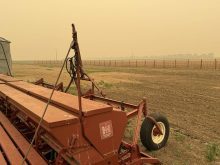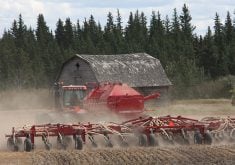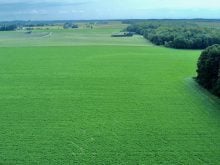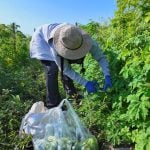Johne’s disease is a contagious and chronic bacterial infection that affects primarily the small intestine of ruminants.
Johne’s is most commonly seen in cattle but other ruminant species can be affected such as sheep, goats, elk, deer, llamas and bison. Dairy breeds have been more susceptible than beef breeds because of intensive livestock management practices.
The bacterium responsible for Johne’s disease is Mycobacterium avium paratuberculosis, or MAP.
The bacterium invades the small intestine and slowly multiplies over months or years. It is eventually excreted in the manure of infected animals and can contaminate the ground, water and other parts of the environment.
Read Also
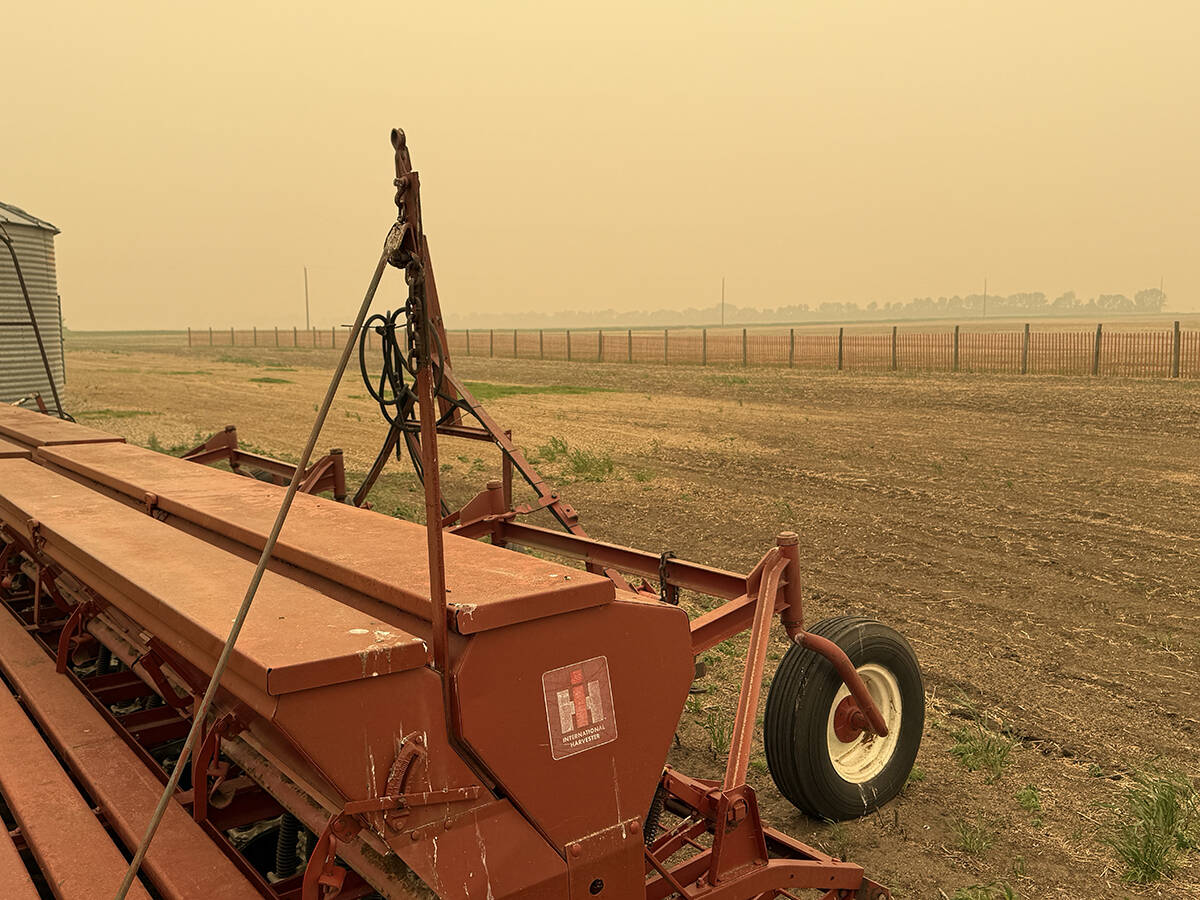
Wildfires have unexpected upside this year
One farmer feels smoke from nearby wildfires shrouded the July skies and protected his crop from the sun’s burning rays, resulting in more seeds per pod and more pods per plant.
MAP cannot multiply outside of an animal. It is capable, however, of surviving in soil, manure and water for almost a year because of its resistance to heat, cold and dryness.
The growth of MAP is slow. Infected animals can look normal for several years after contracting the disease. When signs of illness are eventually seen, they usually include intermittent diarrhea and weight loss despite a normal appetite.
This occurs because MAP infects the last section of the small intestine, the ileum, causing inflammation that thickens the intestinal wall and prevents proper nutrient absorption. Affected cattle generally do not have a fever.
Johne’s is easy to misdiagnose because these animals are more susceptible to other infectious diseases because of their underlying condition. In cows and heifers, signs tend to surface a few weeks after a stressful event such as calving.
Many factors will influence when an animal will become clinically sick. For example, the age when the animal was first infected, the amount of bacteria, stress factors and even genetics may play a role in the course of the disease.
In the latter stages of infection, high numbers of bacteria are shed and contaminate the environment.
Johne’s disease most often enters a herd when an infected but healthy looking animal is brought onto the farm. As the disease progresses, the frequency and number of MAP shed in the manure increases. Manure-contaminated feed and water is the most common source of infection.
Most animals become infected within the first few months of birth, usually by ingestion of infected manure. Calves can become infected when they suck on manure-contaminated teats, feed or water; highly contaminated sites include water that collects in low-lying areas of corrals.
Cattle become more resistant with age but if older animals are exposed to high enough numbers of the bacteria, they can become infected.
In the advanced stages of the disease, bacterium can be shed directly into the milk. Infected milk including colostrum can then transmit the disease to the calf or to other young ruminants that are fed the milk. Occasionally calves become infected before birth if the bacteria crosses into the uterus.
There is no known cure or treatment for the disease so prevention is crucial.
To prevent Johne’s disease from entering the herd, avoid buying animals that are infected. Pre-purchase testing of individual animals provides only minimal protection because of the long incubation period.
To reduce the risk of bringing the disease into the herd, buy animals from herds that are tested on a regular basis or are on a monitored Johne’s control program.
For further advice contact your herd veterinarian. Recommendations include identifying if the disease is already in your herd, making management changes to prevent the spread if it does become accidentally introduced, and maintaining a closed herd or buying cows from known negative herds.


